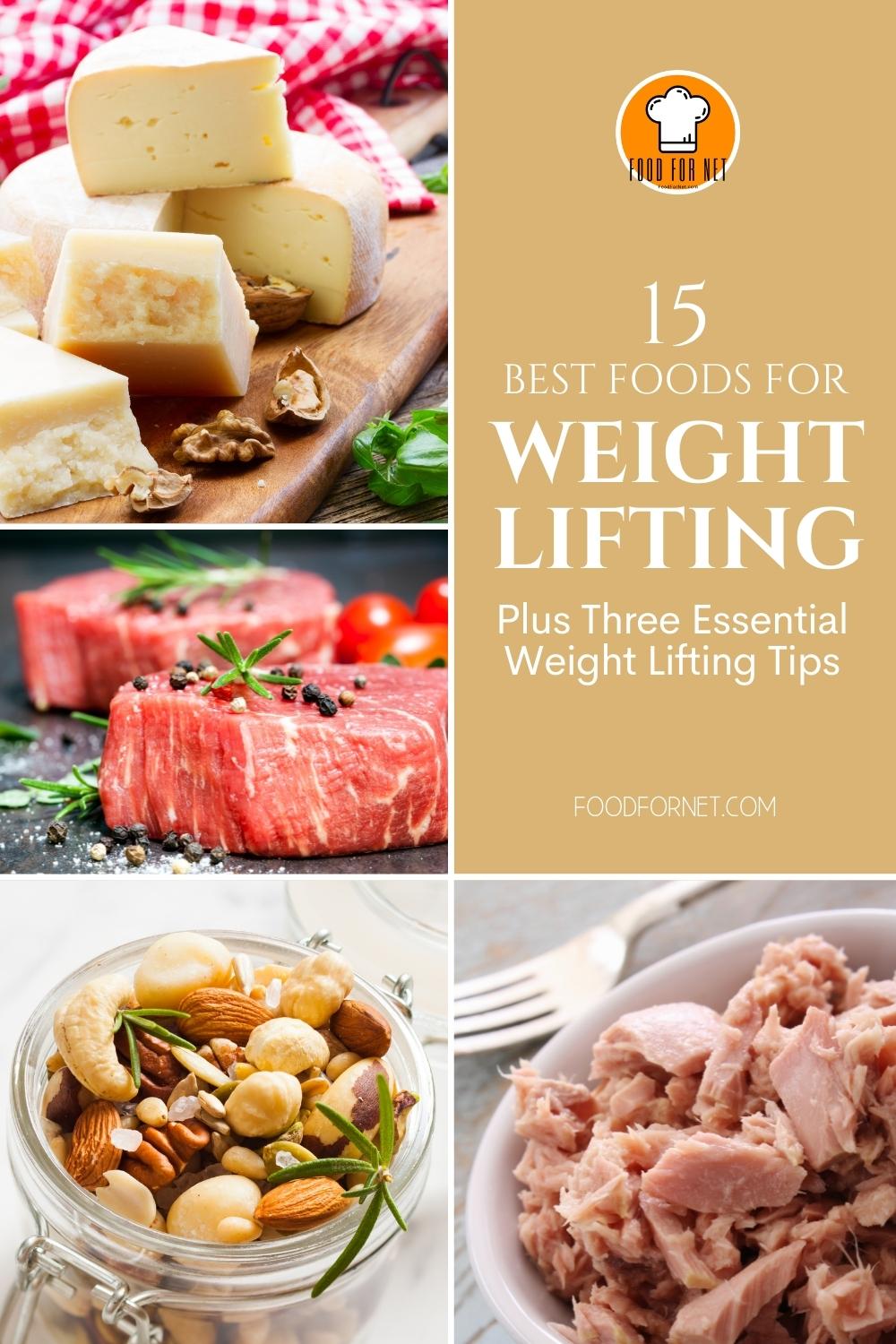
It’s no secret that good nutrition plays a key role in body-building. Not only does it provide the building blocks for muscle mass and strength, but it also helps reveal those muscles through the skin. The trick is knowing what to eat to gain muscle.
If you’re interested in a quick list that will boost your body-building results, read through the following list of the 15 best foods for weight lifting. At the end, I’ll share three essential weight lifting tips to increase your muscle mass even more.
15 Foods For Weight Lifting (With Pictures)
Beef

Beef is great for building muscle mass because it’s packed with protein, which provides amino acids that form muscles and other tissues in the body. A four-ounce serving of 97%-lean beef contains 25 grams of protein or around 50% of the daily recommendation for most people.
Beef is also rich in iron, which helps form the hemoglobin that carries oxygen to the muscles, and in potassium. Potassium is an electrolyte that both helps transport nutrients to cells and aids in muscle contraction. A four-ounce serving of lean beef provides 16% of the daily recommendation for iron and 9% for potassium.
This serving size also provides 106% of the daily recommendation for vitamin B12, or cobalamin. Cobalamin helps metabolize both protein and fat, and it supports the nervous system.
Lentils
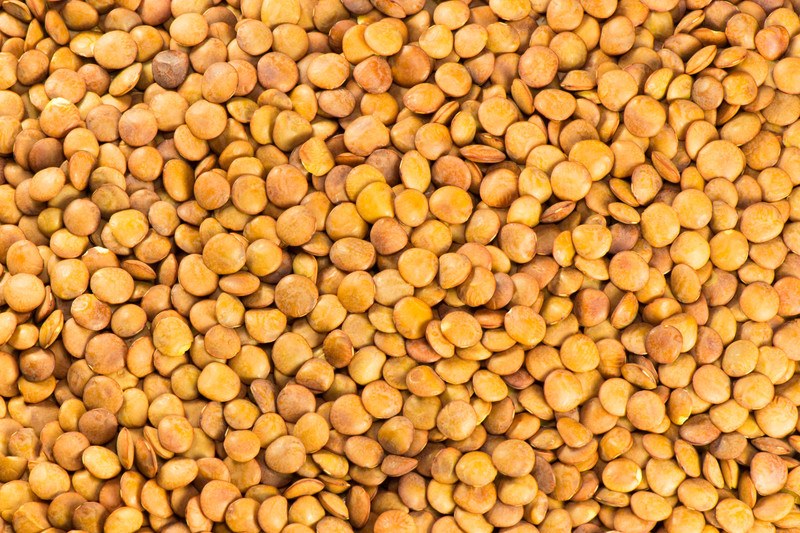
Lentils are a high-protein food, but they’re high in fiber, as well. This is important because high-fiber foods help provide satiety, so you don’t overeat or eat the wrong kinds of foods that could sabotage your muscle-gain efforts. Fiber also helps keep your gut healthy, which contributes to overall health in many ways.
One cup of cooked lentils provides 36% of the daily recommendation for protein, as well as 57% for fiber. Lentils are rich in iron and potassium, too, with a one-cup serving providing 37% of the daily recommendation for iron and 16% for potassium. Other muscle-supporting nutrients that lentils provide include calcium, several B vitamins, folate, magnesium, selenium, and zinc.
Greek Yogurt
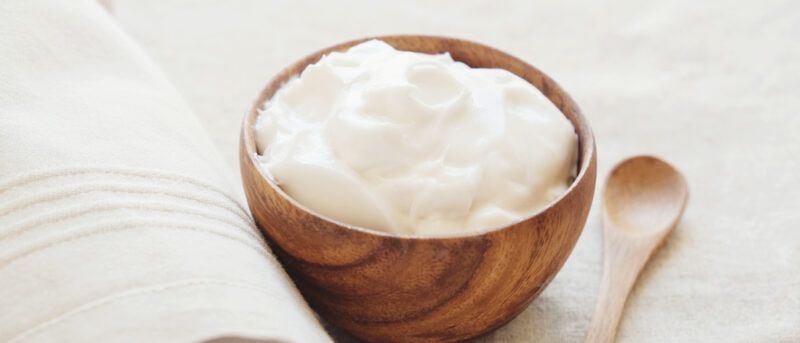
Greek yogurt is rich in protein and other nutrients that support muscle mass. A cup of plain, non-fat Greek yogurt contains around 25 grams of protein—the same amount found in four ounces of lean ground beef. It’s also rich in calcium, potassium, vitamin B12, selenium, and zinc.
Selenium is interesting because low selenium levels in the blood are associated with lower muscle mass, and taking selenium can improve muscle mass in the elderly. Zinc helps muscles repair following workouts and can help keep muscles strong during them. A one-cup serving of Greek yogurt provides 44% of the daily recommendation for selenium and 12% for zinc.
Because of the probiotic bacteria, it contains, Greek yogurt could improve the gut microbiome. This is great news for bodybuilders because having a healthy gut has a positive impact on maintaining skeletal muscle mass.
Poultry
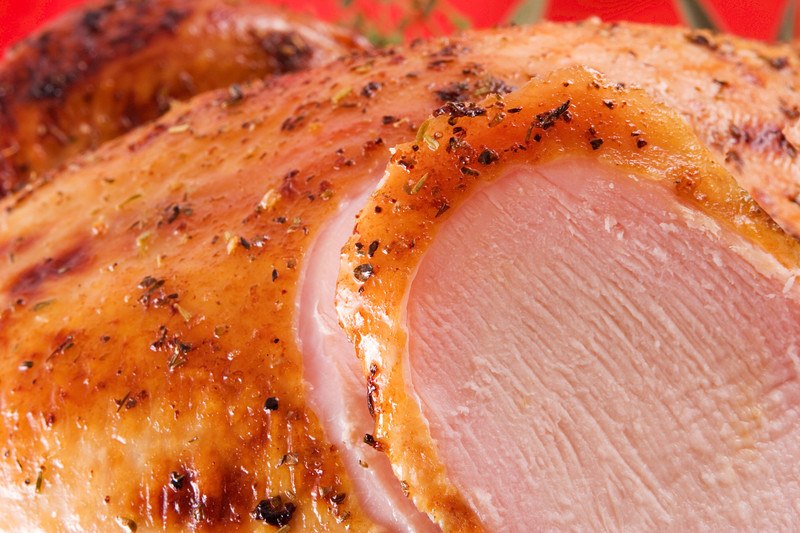
Like beef, poultry is a source of animal protein. It’s loaded with amino acids that body builders need to develop strong muscles and more muscle mass. A cup of cooked, diced chicken breast provides 38 grams of protein, or around 76%, while a cup of roasted turkey breast provides 82% of the daily recommendation for protein.
Both chicken and turkey contain minerals and B vitamins that help support muscle mass. For example, a cup-sized serving of diced chicken breast contains potassium, thiamin, niacin, riboflavin, vitamin B6, and vitamin B12. It also provides 57% of the daily recommendation for selenium and 11% for zinc.
Quinoa
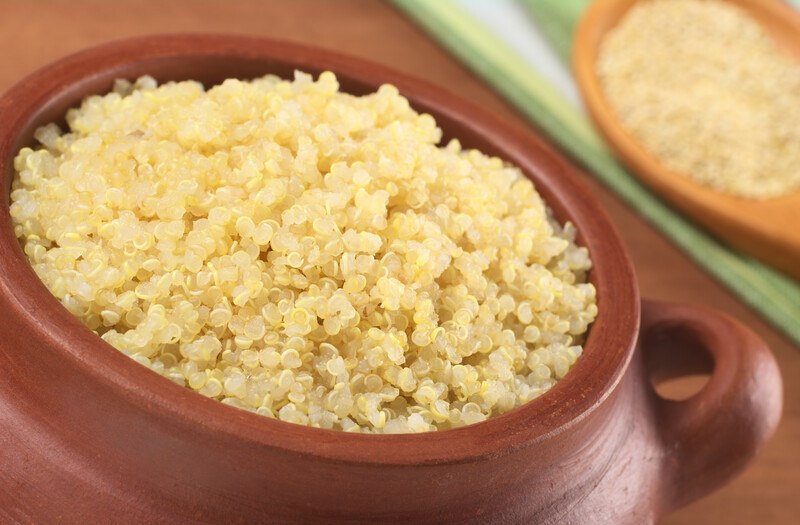
Quinoa is a seed that’s often cooked and used in the place of rice or other grains. One advantage of quinoa is that besides being rich in fiber, it contains a lot of protein. One cup of cooked quinoa provides 16% of the daily recommendation for protein and 19% for fiber, along with 16% for iron and 7% for potassium.
Quinoa is also rich in magnesium, a mineral that could play a role in how skeletal muscles function. Magnesium also helps muscles relax and aids in building muscle mass. A cup of cooked quinoa provides 30% of the daily recommendation for magnesium.
Pork
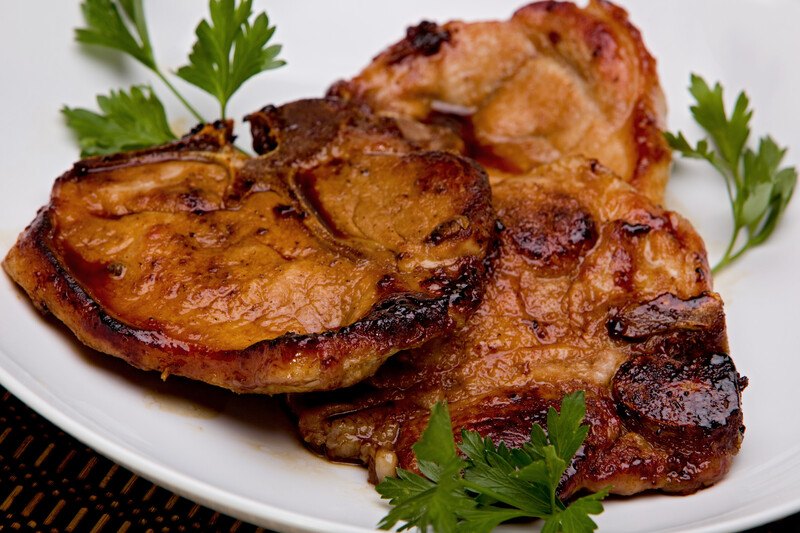
Like beef and chicken, pork is packed with protein. A cup of cooked, diced lean pork loin roast provides 38 grams of protein or 76% of the daily recommendation. Similarly, 8 ounces of honey-cured ham provides 40 grams of protein or 80% of the daily recommendation.
Pork is also rich in minerals, including potassium, iron, magnesium, calcium, selenium, and zinc. A cup of pork loin roast provides 85% of the daily recommendation for selenium and 31% for zinc.
Oatmeal
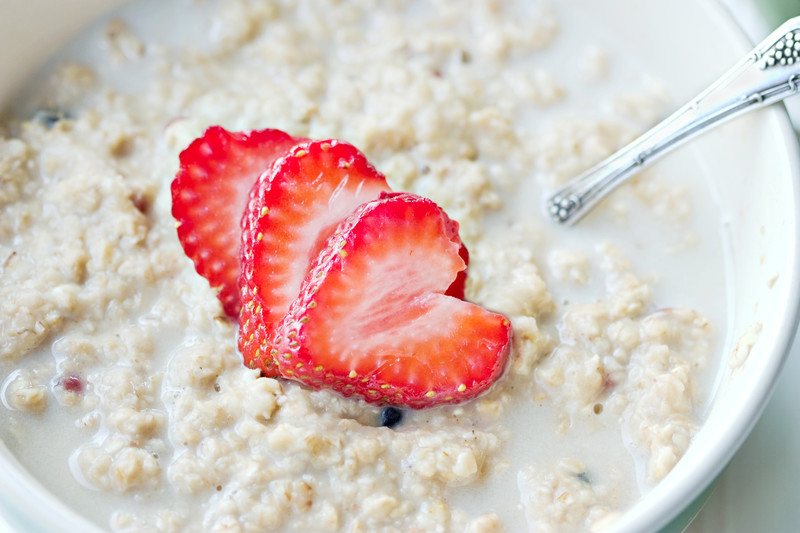
Oatmeal is good for weight lifting because, like a high-fiber, low GI food, it helps provide satiety and enough carbs to help prevent muscle wasting. These good carbs don’t spike blood sugar levels, because the fiber in oatmeal slows the digestion process.
The nutrient profile for oatmeal is great, too. A cup of plain cooked oatmeal provides 12% of the daily recommendation for protein, 15% for fiber, 15% for magnesium, 23% for selenium, and 15% for zinc. It’s also a good source of potassium, calcium, and iron.
Tuna
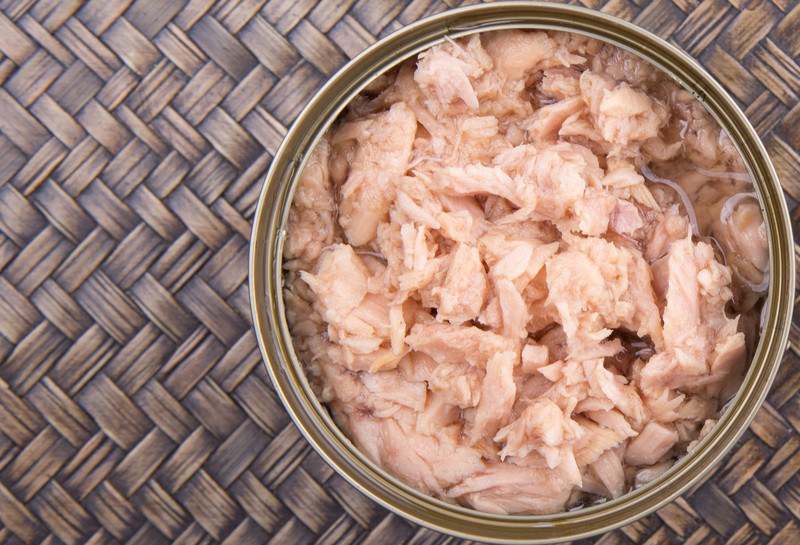
Tuna is an excellent source of protein, and it’s convenient, too. A cup of water-packed tuna provides 26 grams of protein or 52% of the daily recommendation. It’s got 170% of the daily recommendation for selenium and 148% for vitamin B12.
Tuna also provides 86% of the daily recommendation for the B vitamin Niacin. Niacin is interesting for weight lifting because it helps produce growth hormone, which helps build muscle mass.
Other muscle-supporting nutrients that tuna is rich in include magnesium, calcium, iron, zinc, potassium, and vitamin D. Vitamin D is essential for proper muscle function, and it could help grow muscle mass, too.
Brown Rice
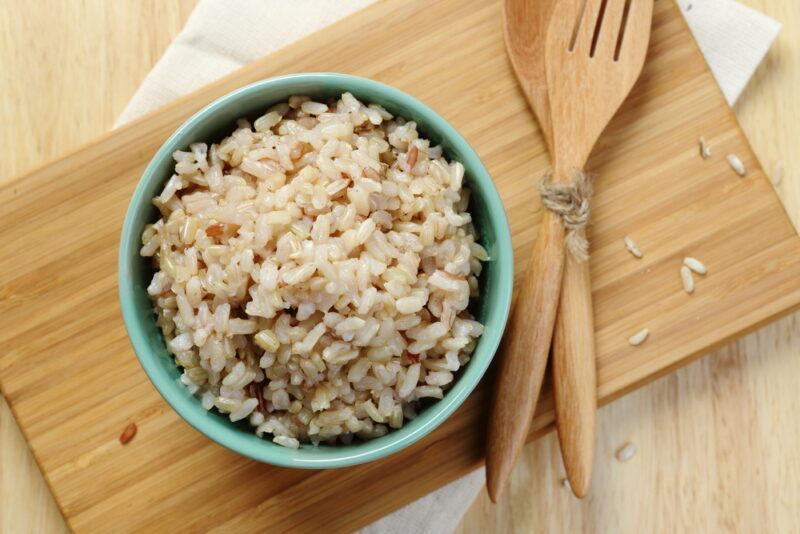
Like oatmeal, brown rice is a high-fiber, low GI food that provides excellent nutritional support for people who lift weights. The fiber slows down the rate at which sugar enters the blood, so body builders don’t experience a blood sugar spike, and it limits the amount of sugar available for fat storage. Brown rice has also been shown to help get rid of unwanted visceral fat.
When it comes to providing muscle-building nutrients, brown rice has a lot to offer. A cup of cooked brown rice provides 9% of the daily recommendation for protein, as well as 16% for niacin. It’s rich in other B vitamins, as well, including riboflavin, thiamin, vitamin B6, and pantothenic acid.
Brown rice also contains significant amounts of magnesium, manganese, calcium, iron, zinc, and potassium.
Eggs
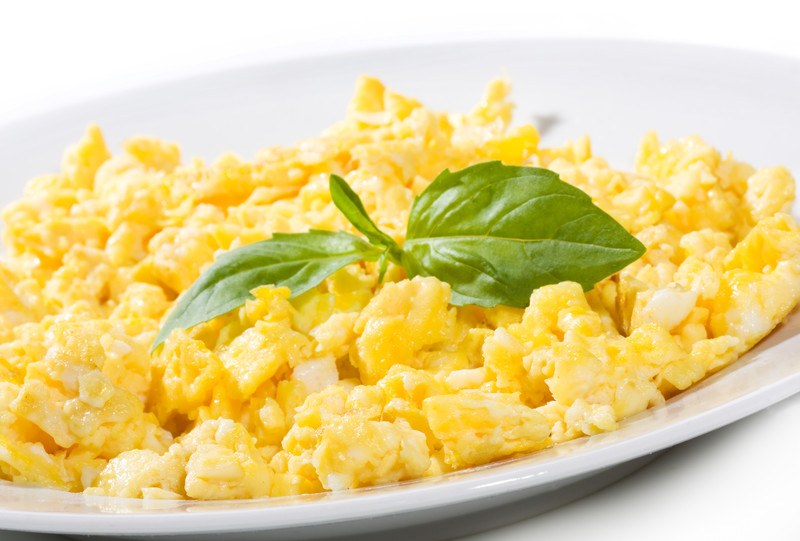
One boiled egg provides 13% of the daily recommendation for protein. While it doesn’t contain any fiber, it also doesn’t contain any other carbohydrates, so it won’t throw weight lifters who live a ketogenic lifestyle out of ketosis.
The nutrient profile for eggs is amazing, too. Eggs provide fat-soluble vitamins, including vitamins A, D, and K, as well as B vitamins and folate. Minerals found in eggs include calcium, iron, magnesium, potassium, selenium, and zinc.
One interesting thing about eggs is that they contain a substance called choline. Choline has several functions, including a role in muscle movement, helping build healthy cell membranes and transmission of messages along the nerves. All of these are important in weight lifting. One egg contains around 147 mg of choline, and two eggs provide more than 50% of the daily recommendation for choline.
Kidney Beans
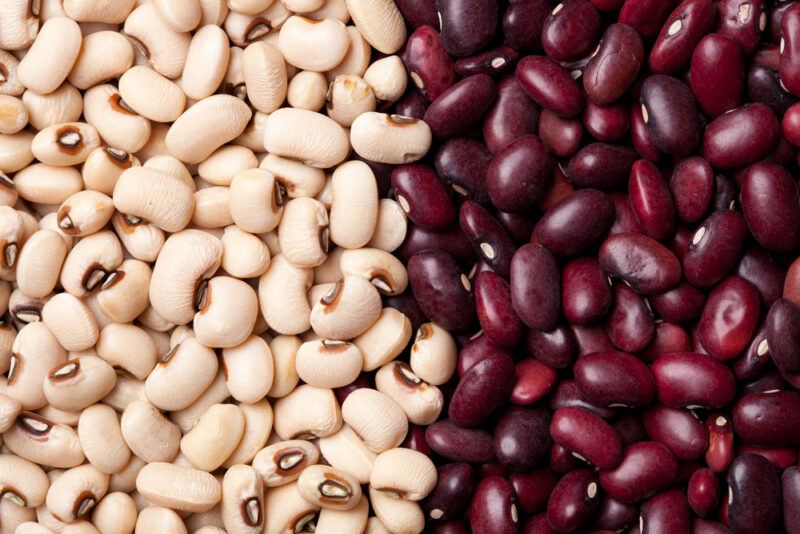
Red kidney beans are loaded with protein, fiber, and other nutrients necessary for muscle growth. A cup of cooked kidney beans provides 30% of the daily recommendation for protein, as well as 46% for fiber. Like oatmeal or brown rice, beans also contain some calories from carbohydrates, which could help prevent muscle wasting for people on a high-protein diet.
One of the key nutrients in kidney beans is folate, which could be beneficial for weight lifting. Folate strengthens bones and muscles, helps form DNA, regulates the formation of red blood cells, and helps the body access amino acids in order to build muscle mass. A cup of cooked kidney beans provides 58% of the daily recommendation for folate.
Kidney beans are also rich in other B vitamins, as well as vitamin K and minerals such as iron, magnesium, potassium, and zinc. Other beans, like black beans or pinto beans, could be beneficial for building muscle mass, too.
Salmon
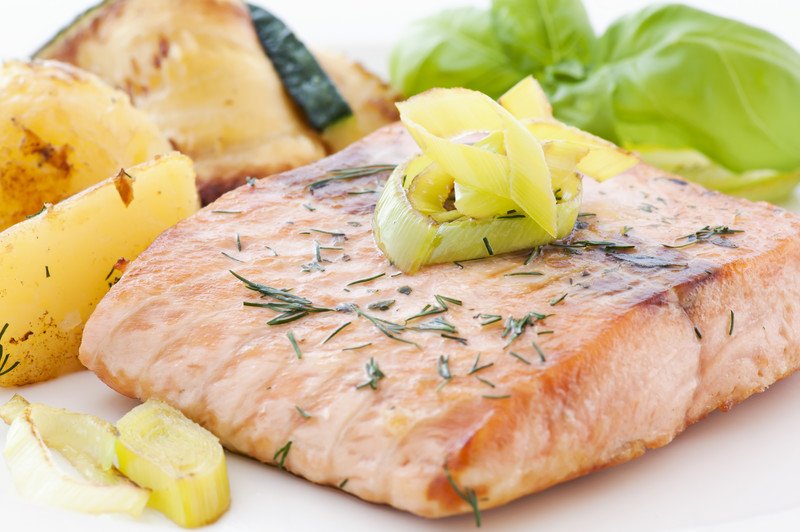
Like other fish and meats, salmon provides a healthy boost of protein. A small salmon fillet provides 44 grams of protein or around 88% of the daily recommendation.
It’s also rich in vitamin D, which helps with neuromuscular functioning and building muscle strength. Vitamin D could help aid in muscle recovery following a workout, too, and it’s associated with increased testosterone. One small salmon fillet provides 116% of the daily recommendation for vitamin D.
Omega-3 fatty acids are also important for gaining muscle mass and recovering from workouts. Salmon is rich in omega-3 fatty acids. Besides helping build muscles, these healthy fats act as anti-inflammatory agents that could help decrease muscle soreness following a weight lifting training day.
Protein Powders
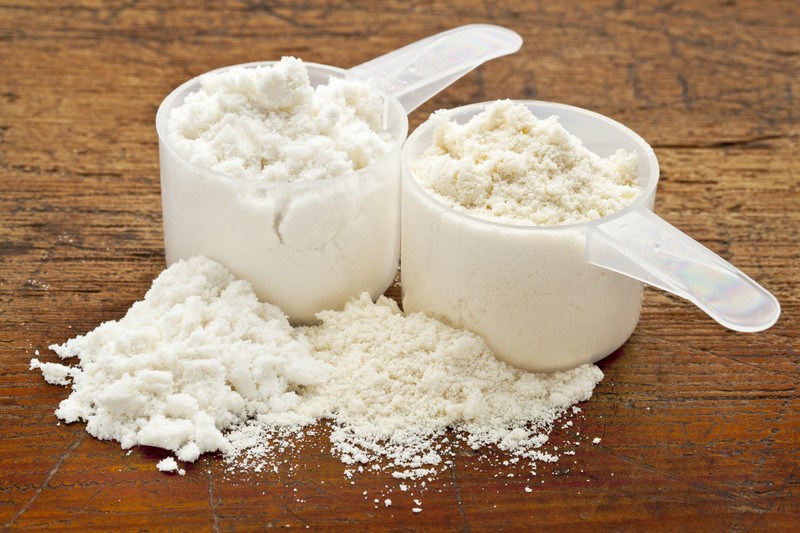
Protein powders are easy to pack and take on runs, to the gym, or hiking. Most of them are shaken into the water for quick protein boosts that provide access to amino acids for building muscles before and following a workout.
There are several types of protein powders to choose from. Whey protein powder is one of the most well-known powders available, but you can also find protein powder made from peas, hemp, and other foods, with a wide variety of sweeteners and formulations to fit every type of diet, including gluten-free, keto, vegan, and dairy free.
Cheese
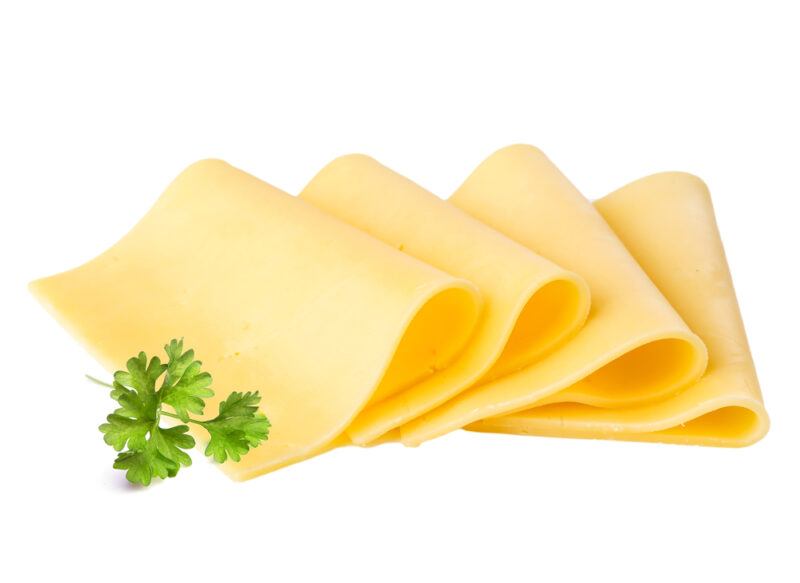
Cheeses are low in carbs, but rich in protein and fats. While the nutrient profile differs between cheese types, it’s easy to find cheeses that help meet dietary requirements for weight lifting.
For example, if you’re looking for a protein boost, cottage cheese, parmesan cheese, or cheddar cheese could be a good bet. A half-cup serving of low-fat cottage cheese provides 24% of the daily recommendation for protein. An ounce of low-fat cheddar cheese contains 16%, and an ounce of shredded parmesan cheese has 22%. All of these cheeses are also rich in calcium.
Nuts
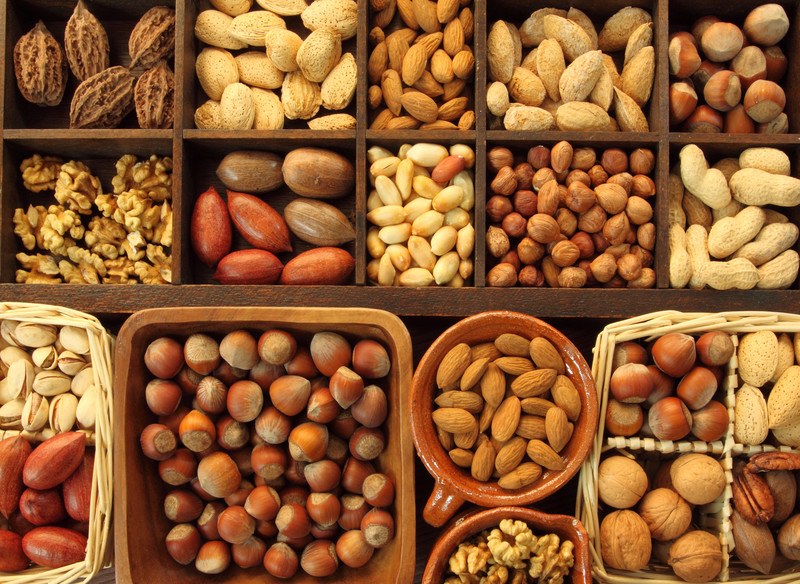
Nuts are a good source of protein, and they contain some fats and carbohydrates, too. Depending on the type of nut you’re eating, the nutrient profile will vary, but overall, nuts make a convenient and healthy snack for weight lifters.
An ounce of raw almonds provides 12% of the daily recommendation for protein, as well as 12% for dietary fiber. An ounce of raw cashews contains 10% of the daily recommendation for protein, and an ounce of English walnuts provides 9%.
English walnuts are interesting because they also provide some omega-3 fatty acids. Almonds have been associated with weight loss, particularly around the belly. Brazil nuts are low in carbs but extremely rich in selenium. No matter which type of nut you choose to snack on, you’ll be getting a good mix of nutrients to support muscle growth.
Three Essential Weight Lifting Tips
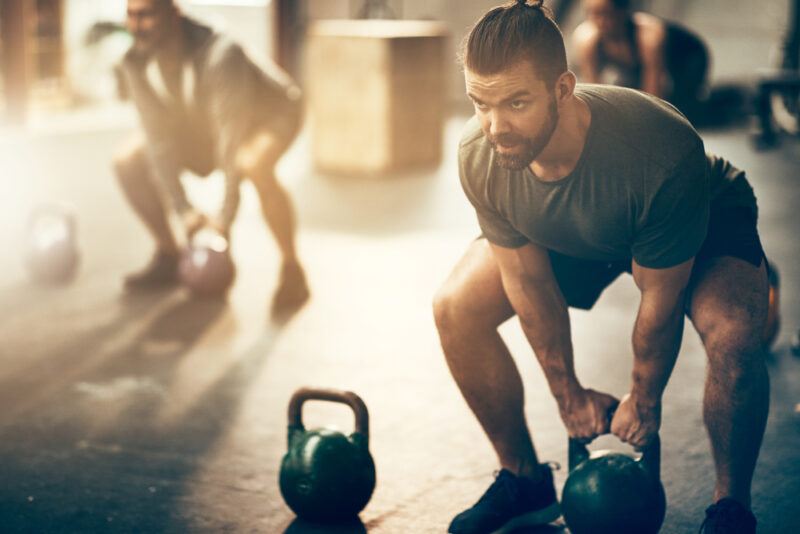
Now that you’ve read through the list of the 15 best foods for weight lifting, let’s chat for a few minutes about other things you can do to get great results from your workouts. Although these tips are common-sense, you can put them to use immediately to help your reach your weight lifting goals.
Tip #1: Always Warm Up
When you don’t warm up, you run the risk of injuring your muscles during a workout. This could slow or stop your progress. To keep your muscles safe, do some stretches and lighter weights before you go heavy. This sets you up for success and protects your muscles.
Tip #2: Perfect Your Form
Form is essential in weight lifting because it protects your muscles from injury. If you’re a beginner, don’t focus on how much weight you are (or aren’t) lifting. Put your attention on developing a proper form to keep you safe, and add weights as you perfect the way you lift. Like any sport, good form eventually becomes muscle memory, and you perform how you train. If you have poor form, when you lift heavy you or get in the zone and your mind wanders, you are more likely to hurt yourslf.
Tip #3: Don’t Overdo It
While weight lifting usually focuses on progressive exercises, be careful not to overdo it—especially at the beginning. If you’re a newbie, start with your body weight and light weights. As you grow in strength, add weights in small increments to keep your body safe. There’s nothing worse that getting into a good habit, hurting yourself, and being forced to take a break and kill your habit.

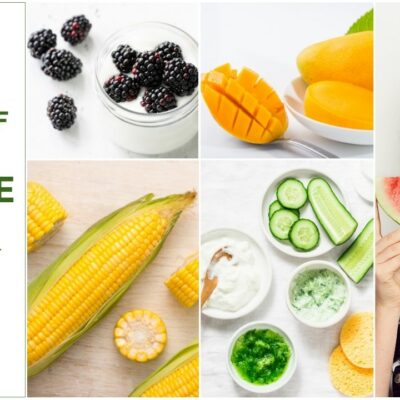
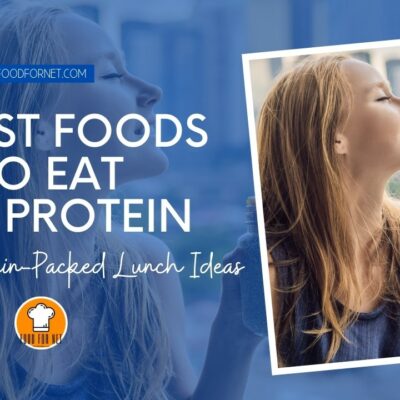
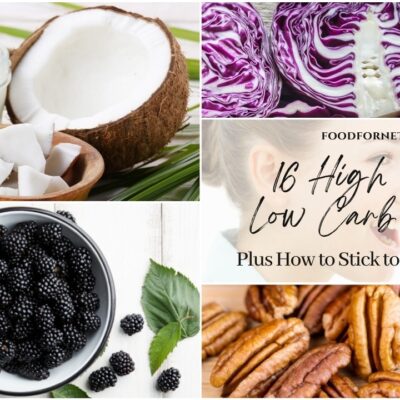
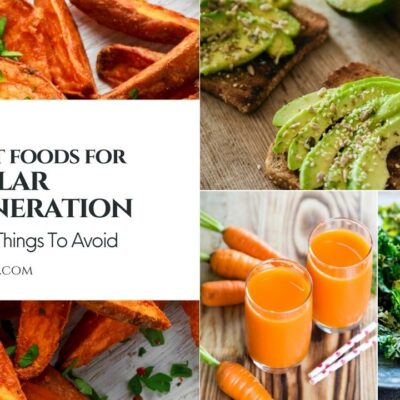
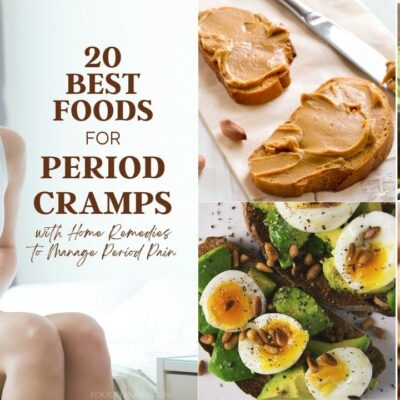
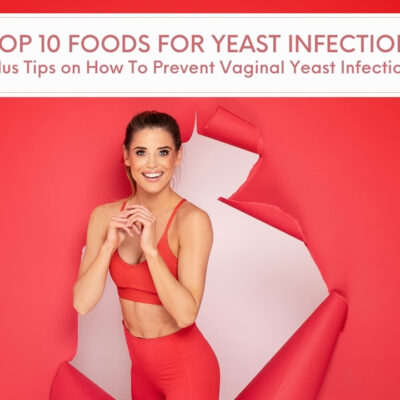

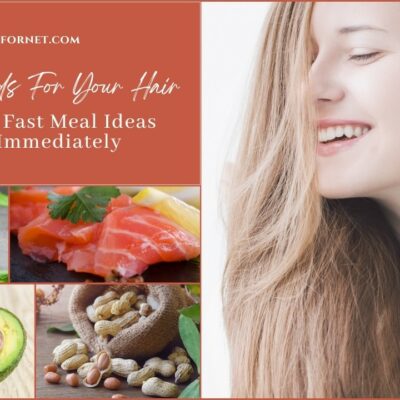

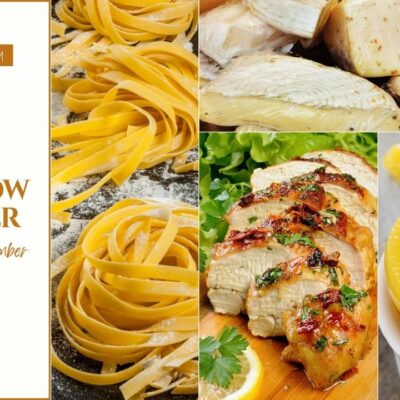
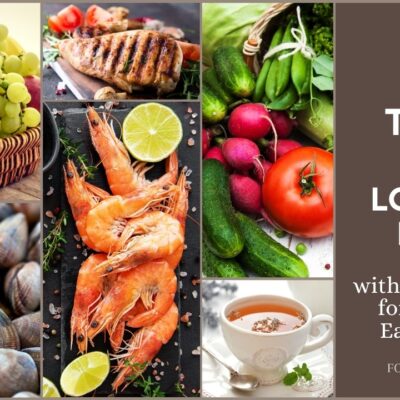


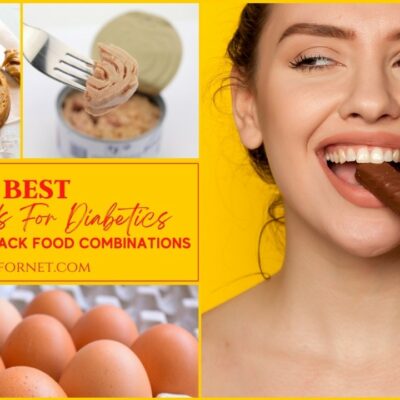
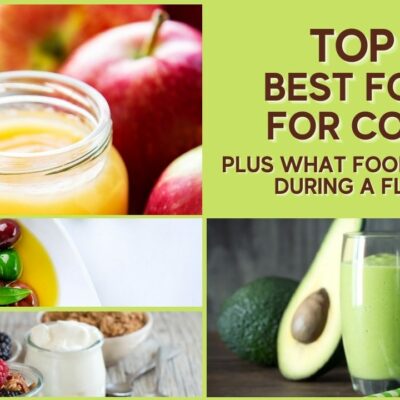
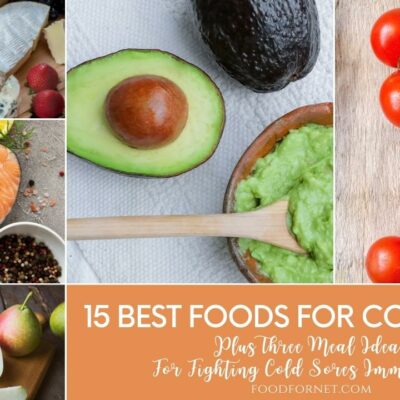
 Are Sardines Good For You?
Are Sardines Good For You?
This is a very helpful article! Thank you.